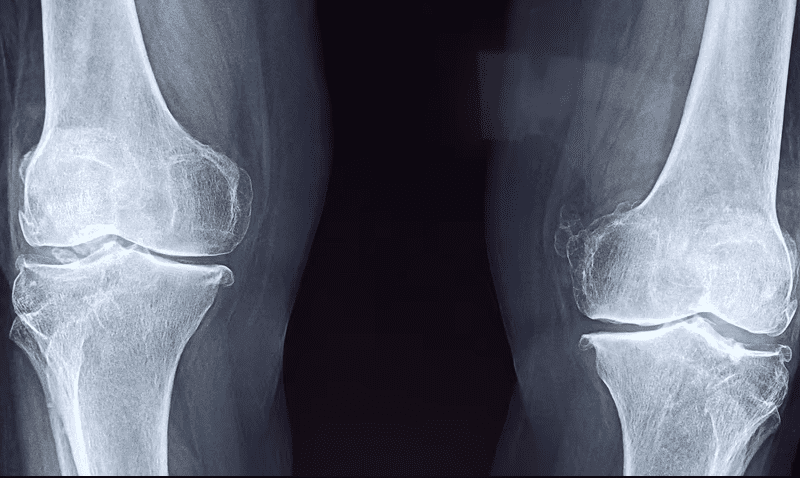A developer of artificial intelligence programs for scanning X-rays has received FDA clearance for a system that automatically highlights bone fractures and traumatic injuries.
Gleamer’s BoneView platform, which previously received a CE mark in Europe, is designed to detect broken bones in the upper and lower extremities as well as in the rib cage and spine.
The Paris-based company said its computer-assisted diagnostic system aims to help emergency room physicians, orthopedic surgeons, rheumatologists and family doctors in quickly assessing X-ray images. After detecting a fracture, Gleamer’s platform prioritizes that report and submits its findings to a radiologist for confirmation.
“BoneView can change everything about the way X-ray reading is done today,” Gleamer’s co-founder and CEO, Christian Allouche, said in a statement. “In the value-based U.S. healthcare system, providers tell us they want to improve the radiographic diagnostic process, which accounts for a huge part of their workload and optimize patient management.”
According to Gleamer, traumatic skeletal injuries are a leading source of consult requests in hospital emergency rooms, while broken bones represent about one-third of annual visits in total. Misinterpretations of fractures make up nearly a quarter of diagnostic errors, especially during evening and overnight shifts, the company said.
In a study that gathered images from multiple U.S. healthcare centers and specialists using a wide variety of X-ray machines, BoneView’s AI program showed it could help lower the rate of undetected fractures by nearly 30%.
“Radiologists’ workload has doubled in the past two decades, and despite technological progress, they must analyze hundreds more images every day, requiring the readings to be highly reliable,” said the study’s leader, Ali Guermazi, M.D., Ph.D., chief of radiology at VA Boston Healthcare System and a professor of radiology and medicine at Boston University School of Medicine.
“The assistance of AI should allow us to improve the specificity of the complementary exams prescribed after the radiography, to avoid delays in care and to direct patients into the right therapeutic pathway,” Guermazi said.
According to the company, the BoneView system is available in the U.S. directly through Gleamer but also through other imaging analysis platforms from Fujifilm, Aidoc, Ferrum Health and Blackford Analysis.
Gleamer is also developing ChestView, a program for detecting potentially cancerous lung nodules as well as other thoracic conditions such as pneumothorax and pleural effusion.

